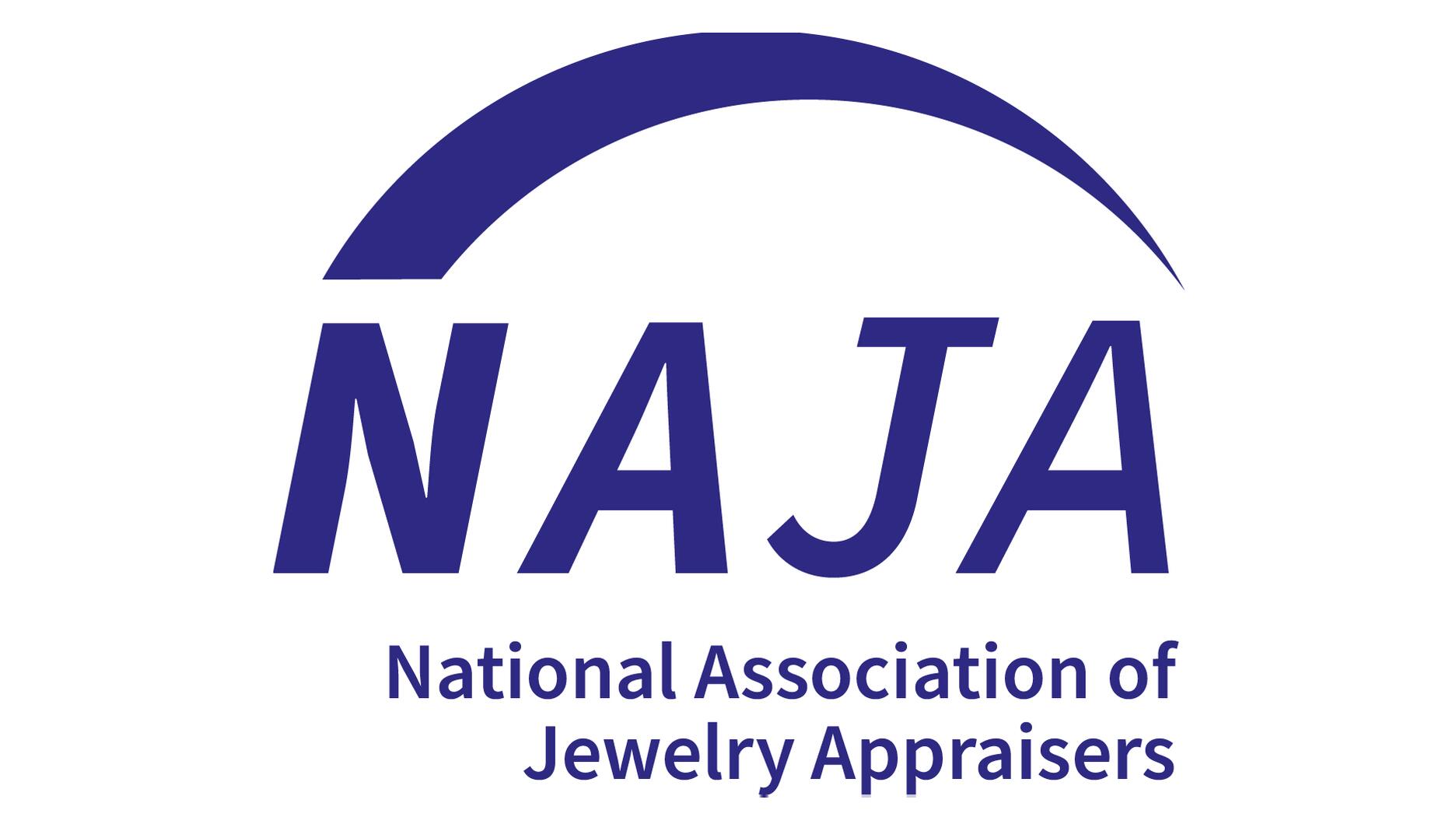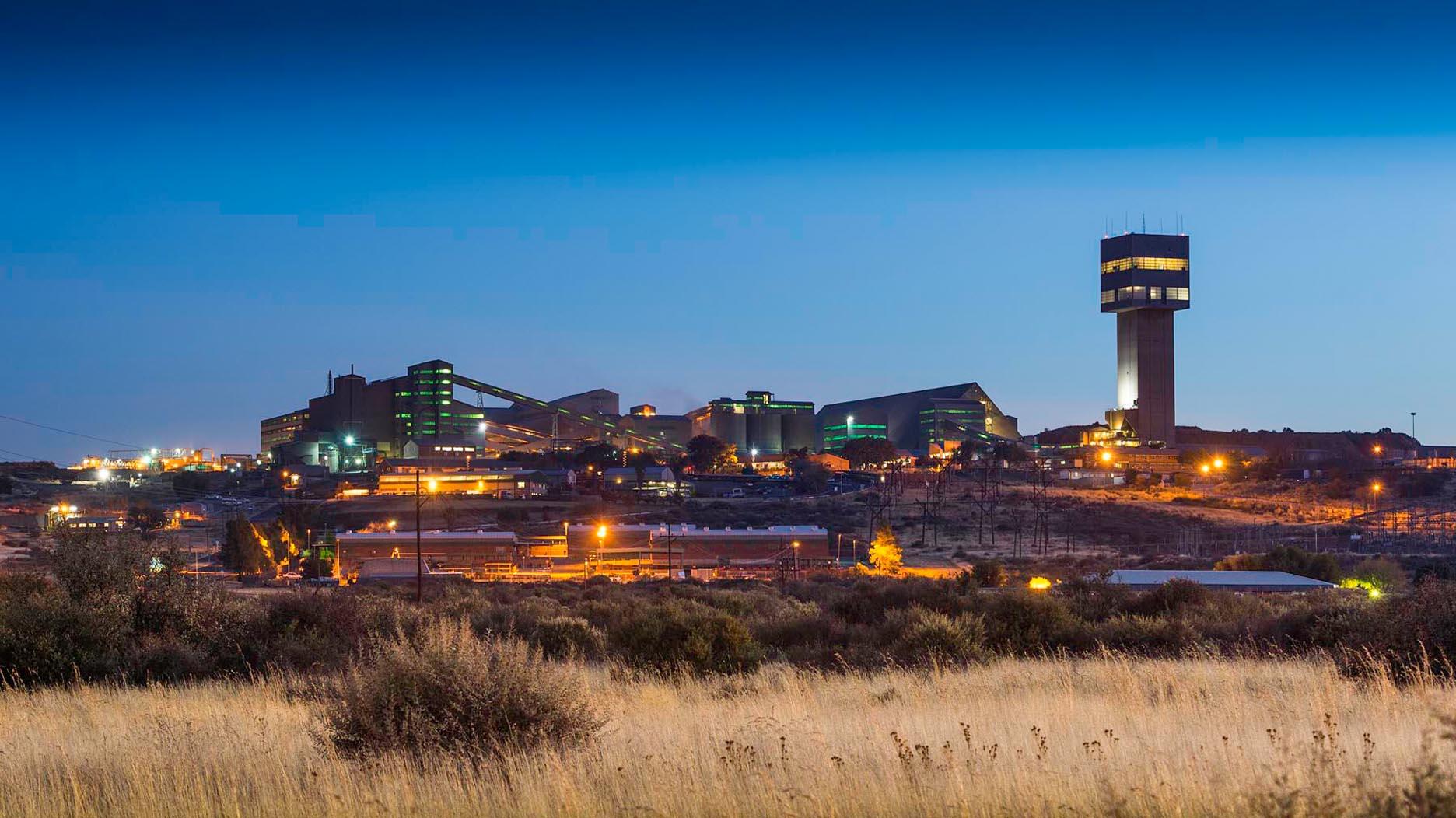De Beers Turns to Brown, Yellow Diamonds for New ‘Beacon’
“Ombré Desert Diamonds” will emphasize cream-, champagne-, and brown-colored diamonds, shades that set natural stones apart from lab grown.

Las Vegas—For the first time in 16 years, De Beers Group has created a “beacon” program, a diamond jewelry design meant to be shared industry-wide with the goal of increasing demand.
Announced by CEO Al Cook at the company’s breakfast in Las Vegas on Friday, the “Ombré Desert Diamonds” initiative will emphasize designs using warm white, champagne-, brown- and amber-colored diamonds, which De Beers will support with marketing.
Though using light yellow and brown-colored diamonds is nothing new—see Le Vian’s “Chocolate” diamonds and De Beers’ own “Talisman” collection—their widespread marketing as the centerpiece of a new beacon campaign comes at a challenging time for natural diamonds.
As the Gemological Institute of America noted last week when it announced it would begin using more general color and clarity terminology for lab-grown diamonds, man-made diamonds are increasingly colorless and of high clarity.
Emphasizing the wide range of colors possible in natural diamonds helps to set them apart from all the near-perfect lab-grown diamonds.
In an interview with National Jeweler on Friday, Cook said the process of creating this new program started with the idea of origin, wanting the customers of the future to ask, “Where is my diamond from? Is it ethical? Is it sustainable? It is responsible?”
It then evolved into wanting to reflect the “beautiful African deserts” where De Beers mines many of its diamonds while also distinguishing its natural diamonds from lab-grown stones.
“In a world where people want something unique, in a world where people are rejecting commodities, in a world where people want something that’s real, and reflects them, a Desert Diamond does exactly that,” Cook said. “Its color will be unique, and its origin will be unique, and it contrasts completely with the endless array of commoditized lab grown.
He said the industry is already seeing the bifurcation between natural and lab-grown diamonds emerging, noting that, “You can go down the corridor and get lab grown for $45 a carat now.”
“This is really a way of saying, look, we’re not really about worrying about that,” Cook said. “We’re about creating a new level of desire for diamonds.”
“That combination of a design that reflects the source we think is magical.”— Al Cook, De Beers Group
De Beers last launched a beacon in 2009 with “Everlon,” a knot-shaped design based on an ancient symbol of strength, the Hercules knot.
As with past beacons, such as the right-hand ring, De Beers will invest in media and digital campaigns to drive consumer demand for “Ombré Desert Diamonds.”
It also will make marketing collateral available to beacon participants.
In the interview, Cook noted that while past beacons, like the three-stone ring and “Center of My Universe,” have been design-centric, “Ombré Desert Diamonds” will be about more than that.
“This is going to be about design—we’re working to make the most beautiful designs out there—but it is also about the source. And that combination of a design that reflects the source we think is magical.”
In addition to the new beacon program, De Beers announced the formal launch of “Origin, De Beers Group,” a loose polished diamond program supported by the Tracr blockchain platform that allows consumers to trace a diamond back to the mine from which it originated.
For the program, the company will provide retailers with digital tools that will provide consumers access to provenance information and brand storytelling.
Also in Las Vegas, De Beers provided updates on where it is with its “Origins” strategy.
They include the following.
— De Beers has completed all airborne geophysical surveying in Angola, a “key milestone” in its exploration activities. The company first announced its intention to look for diamonds in Angola in 2022.
— It completed the first production run of industrial-grade diamonds at the former Lightbox factory in Gresham, Oregon, now called the Element Six Oregon Centre.
De Beers announced last year at JCK Las Vegas that it would quit growing diamonds for jewelry. A few weeks before this year’s shows, it announced that Lightbox, its lab-grown diamond jewelry brand, would be discontinued by summer.
— The diamond miner and marketer also noted that earlier this year, it announced that single country of origin data is now available on Tracr while DiamondProof, a countertop diamond testing device, was launched in U.S. retail stores in February.
De Beers first announced “Origins” at JCK Las Vegas 2024.
The restructuring plan is designed to cut costs and streamline the business as De Beers’ parent company, Anglo American, looks to offload the business, either through a demerger or a divestment.
During Friday’s interview, Cook said he expects the separation process to culminate in the first half of 2026, noting that there will be a process that Anglo American will start “very shortly.”
“We’re quite fortunate that we’ve got two very responsible owners who both care a lot about De Beers. As a result of that, I feel like things are going in the right direction,” Cook said.
“Having said that, the volatility of the last six months has just meant that we need to proceed in the right way and make sure that we get the right buyer, rather than right now.”
The Latest

Set in a Tiffany & Co. necklace, it sold for $4.2 million, the highest price and price per carat paid for a Paraíba tourmaline at auction.

The jeweler’s “Deep Freeze” display showcases its iconic jewelry designs frozen in a vintage icebox.

Take luxury gifting to new heights this holiday season with the jeweler’s showstopping 12-carat sphene ring.

How Jewelers of America’s 20 Under 40 are leading to ensure a brighter future for the jewelry industry.

This year's theme is “Unveiling the Depths of the Ocean.”


In its annual report, Pinterest noted an increase in searches for brooches, heirloom jewelry, and ‘80s luxury.

Starting Jan. 1, customers can request the service for opal, peridot, and demantoid garnet.

Roseco’s 704-page catalog showcases new lab-grown diamonds, findings, tools & more—available in print or interactive digital editions.

The 111-year-old retailer celebrated the opening of its new location in Salem, New Hampshire, which is its third store in the state.

The new catalog features its most popular chains as well as new styles.

The filmmaker’s personal F.P. Journe “FFC” prototype was the star of Phillips’ recent record-setting watch auction in New York.

The new location in the Design District pays homage to Miami’s Art Deco heritage and its connection to the ocean.

Inflations, tariffs, and politics—including the government shutdown—were among consumers’ top concerns last month.

Silas Smith of Meridian Metalworks won the challenge with his pendant that blends Australian and American landscapes.

The sale of the 31.68-carat, sunset-hued stone was part of Sotheby’s first series of events and auctions in Abu Dhabi.

Most customers who walk into your store this month have made up their minds. Your job is to validate their choice, Emmanuel Raheb writes.

The collection features characters and motifs from Ukrainian folklore, including an enchanted mirror and a magic egg.

MatrixGold 3.11, the newest version of the jewelry design program, offers more flexibility, precision, and creative control.

The pavilion will be part of the 2026 JA New York Spring show, scheduled for March 15 to 17.

Kadet, a 1994 National Jeweler Retailer Hall of Fame inductee, helped grow the family-owned retailer in the Chicago area and beyond.

Billed as the world’s smallest wearable, Lumia Health’s new smart earrings have a health tracker subtly embedded in the back.

Don’t let those with December birthdays feel blue. Help them celebrate their month with blue zircon, turquoise, and tanzanite.

The new pink sapphire version of the piece dances with its wearer in the brand’s “Icons After Dark” holiday campaign.

A choice that’s generated a lot of commentary, Pantone says “Cloud Dancer” marks a fresh start and encourages relaxation and creativity.

The manufacturer’s holiday campaign features a gift guide filled with trending designs and jewelry that can be personalized.

The man was charged with theft, accused of ingesting the necklace while in a jewelry store in Auckland, New Zealand.

The Florida independent expanded its store from 8,000 to 14,000 square feet, fulfilling the vision of its late co-founder, Jim Dunn.




























